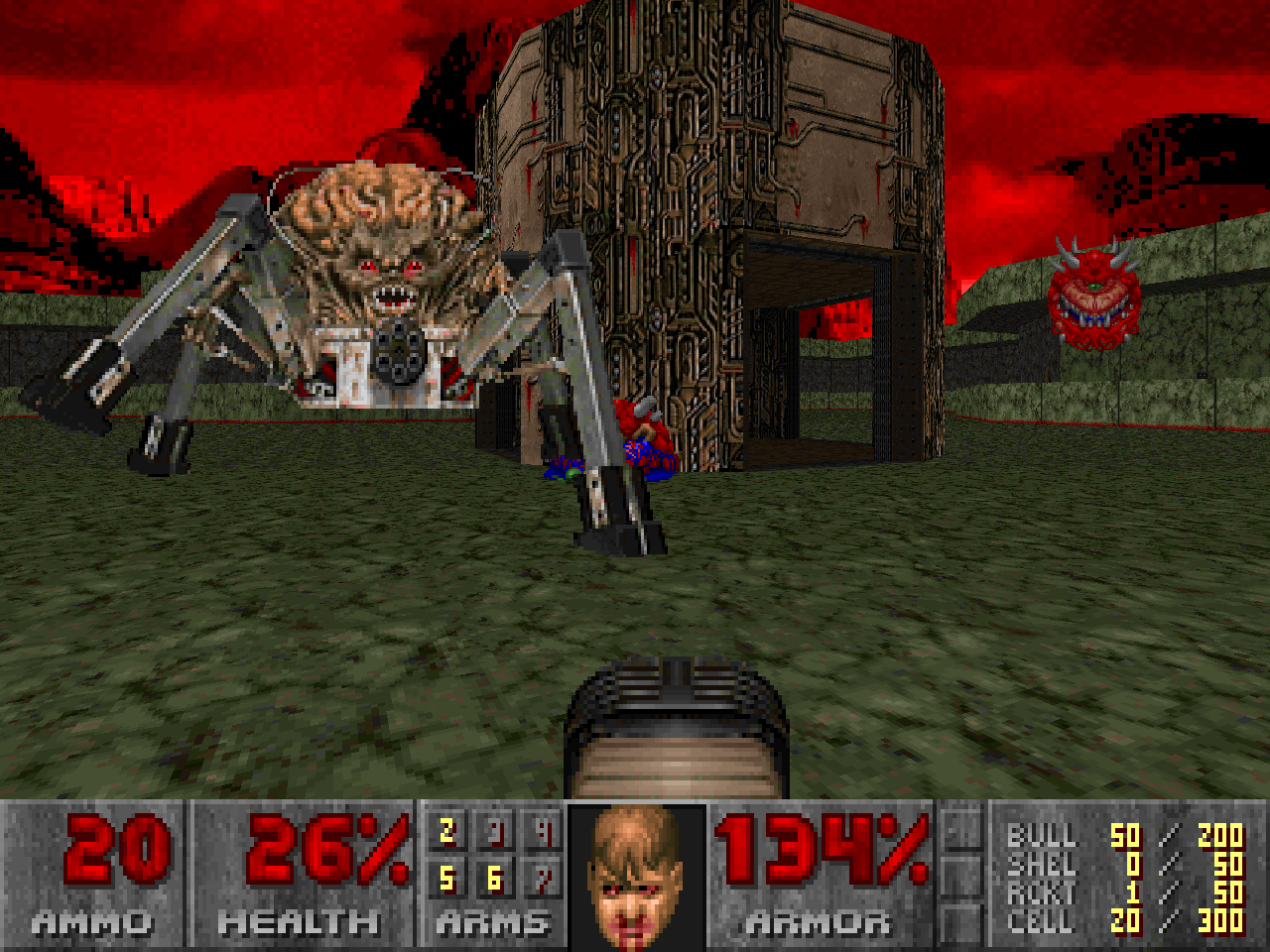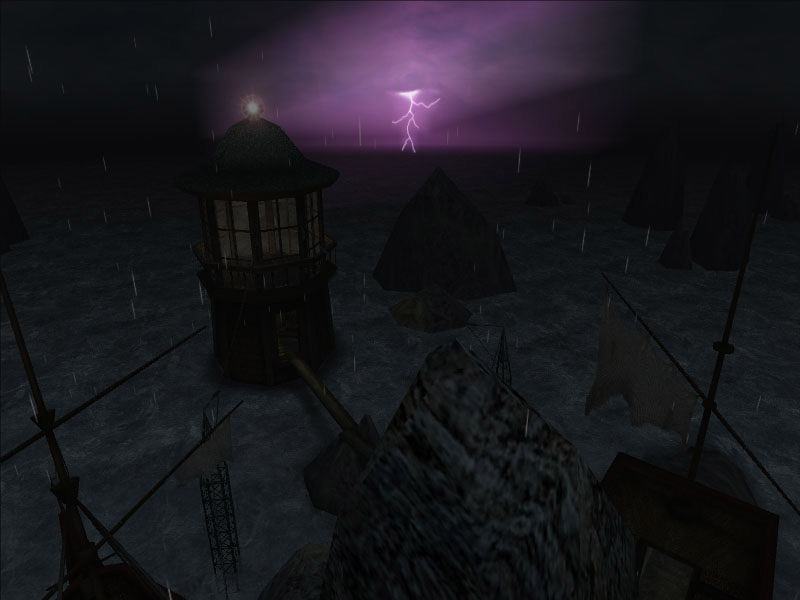47
Electronic Behavior Control System
Author: Emergency Broadcast Network
Year: 1995 Edit Add
Book: Remediation
Electronic Behavior Control System
Author: Emergency Broadcast NetworkYear: 1995 Edit Add
Book: Remediation
In the "Electronic Behavior Control System," old television and movie clips are taken out of context (and therefore out of scale) and inserted absurdly into the techno-music chant.This tearing out of context makes us aware of the artificiality of both the digital version and the original clip. The work becomes a mosaic in which we are simultaneously aware of the individual pieces and their new, in- appropriate setting. In this kind of remediation, the older media are presented in a space whose discontinuities, like those of collage and photomontage, are clearly visible. In CD-ROM multimedia, the dis- continuities are indicated by the window frames themselves and by but- tons, sliders, and other controls, that start or end the various media segments. The windowed style of the graphical user interface favors this kind of remediation. Different programs, representing different media, can appear in each window-a word processing document in one, a digital photograph in another, digitized video in a third-while clickable tools activate and control the different programs and media. The graphical user interface acknowledges and controls the discontinuities as the user moves among media.
In the "Electronic Behavior Control System," old television and movie clips are taken out of context (and therefore out of scale) and inserted absurdly into the techno-music chant.This tearing out of context makes us aware of the artificiality of both the digital version and the original clip. The work becomes a mosaic in which we are simultaneously aware of the individual pieces and their new, in- appropriate setting. In this kind of remediation, the older media are presented in a space whose discontinuities, like those of collage and photomontage, are clearly visible. In CD-ROM multimedia, the dis- continuities are indicated by the window frames themselves and by but- tons, sliders, and other controls, that start or end the various media segments. The windowed style of the graphical user interface favors this kind of remediation. Different programs, representing different media, can appear in each window-a word processing document in one, a digital photograph in another, digitized video in a third-while clickable tools activate and control the different programs and media. The graphical user interface acknowledges and controls the discontinuities as the user moves among media.
Finally, the new medium can remediate by trying to absorb the older medium entirely, so that the discontinuities between the two are minimized. The very act of remediation, however, ensures that the older medium cannot be entirely effaced;the new medium remains dependent on the older one in acknowledged or unacknowledged ways. For example, the genre of computer games like Myst or Doom remediates cinema, and such games are sometimes called "interactive films".
Finally, the new medium can remediate by trying to absorb the older medium entirely, so that the discontinuities between the two are minimized. The very act of remediation, however, ensures that the older medium cannot be entirely effaced;the new medium remains dependent on the older one in acknowledged or unacknowledged ways. For example, the genre of computer games like Myst or Doom remediates cinema, and such games are sometimes called "interactive films".
Finally, the new medium can remediate by trying to absorb the older medium entirely, so that the discontinuities between the two are minimized. The very act of remediation, however, ensures that the older medium cannot be entirely effaced;the new medium remains dependent on the older one in acknowledged or unacknowledged ways. For example, the genre of computer games like Myst or Doom remediates cinema, and such games are sometimes called "interactive films". The idea is that the players become characters in a cinematic narrative. They have some control over both the narrative itself and the stylistic realization of it, in the sense that they can decide where to go and what to do in an effort to dispatch villains (in Doom)...
Finally, the new medium can remediate by trying to absorb the older medium entirely, so that the discontinuities between the two are minimized. The very act of remediation, however, ensures that the older medium cannot be entirely effaced;the new medium remains dependent on the older one in acknowledged or unacknowledged ways. For example, the genre of computer games like Myst or Doom remediates cinema, and such games are sometimes called "interactive films". The idea is that the players become characters in a cinematic narrative. They have some control over both the narrative itself and the stylistic realization of it, in the sense that they can decide where to go and what to do in an effort to dispatch villains (in Doom)...
 Log-in
Log-in Source type: picture
Source type: picture Source type: picture
Source type: picture